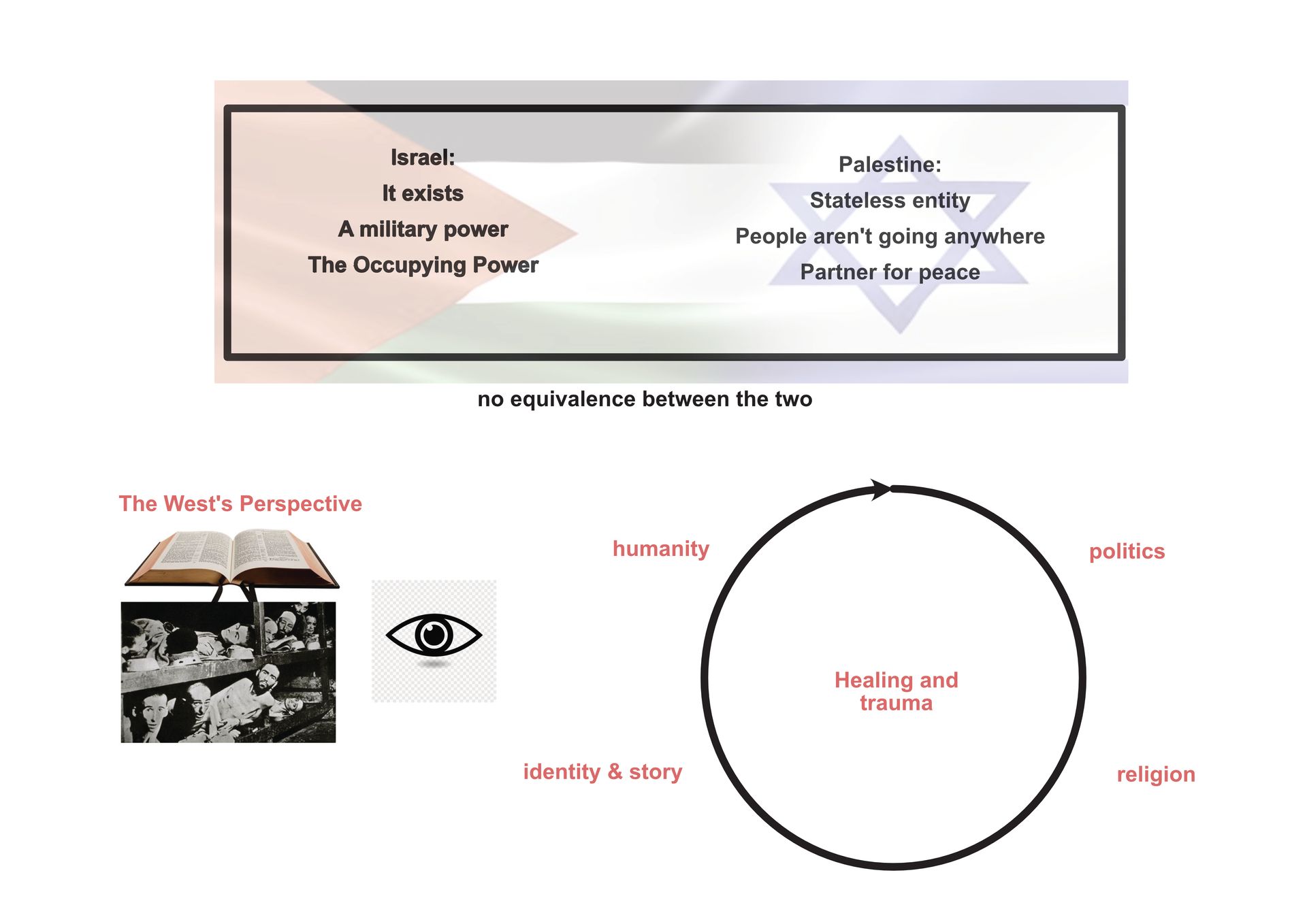Madagascar Pt 3
This is a subtitle for your new post
The workshop was located on top of a small hill in the midst of the city, with spectacular views across the capital. However, there was no glass in the windows, just some metal shutters, which while not impeding the view made the strong chill wind that would swirl through the classroom a bit of a challenge. Especially as about 1/3 of us fell sick with a really nasty cold, which has lasted for me until now. Yet everyone reliably turned up between 8-9am, and we worked solidly until about 4pm, with a short lunch break.
In preparing for the course, I felt a movement of the Spirit to just leave things and take them as they came along. With no real idea about the place, the people, the Church, the artistic background, the levels of understanding of religious and liturgical art, as well as tools, equipment and number of students, it was impossible to know quite what to expect. Yet, I had not the slightest anxiety. It was a very blessed sense, totally reliant on Christ to take care of it all. I just focused on trying to listen, and to hold on to this sense that all was under control and I just needed to turn up.
So turn up I did, at 4.30am, after nearly 24 hours travel, and by 8.30am class had begun. Surreal is the only word I can find to describe it. And to reach the workshop meant sitting abreast the rear of a motorbike, weaving alarmingly between trucks, scooters and pedestrians, smothered in belching clouds of smoke. Yes, surreal.
I found the Malagasy peoples - I say peoples because the country comprises of a series of distinctive ethnic groups - to be very quietly spoken, reserved, polite, gentle, keen to please, and with a sense of gratitude and positivity about life and others. Perhaps also a bit laid back and uncomprehending of the north European work ethic, valuing warmth and being present.
I found them hungry for the spiritual depths of iconography, rather than enamoured by a certain esotericism. With little or no religious or secular art of any distinction, the whole world of art is either unknown or something commercial. In recent years quite a strong movement of modern painting has emerged, but this is strictly commercial and focused on the idea of prestige. Its a means of conveying a message or meaning, something to be decoded. Art as the pursuit of beauty is quite alien. Religious art is mainly rather sentimental, even kitsch. So the students really picked up their ears when I began to introduce them to art as a means of spiritual encounter, of creating thresholds where God comes to meet us as our Divine Friend, where artistic imagining comes from above, not from below, as a visual encounter with the Eternal, the Good and the True.
To be honest I can’t really remember very much about what I actually said. I know we focused on the face, on the human person, and on transfiguration of time and space. I talked about grace building on nature, on power of creating images that capture a living likeness, not a dead resemblance, and icons as doors where God stands and encounters us. And so on.These were very new concepts, but they really chewed on them, treasured what they found. It changed them. We explored praying with our eyes, and the paucity of their own prayer life where the visual is ignored as having any importance in worship. It was a sort of visual catechesis. And by the end they had begun to get it.
Its important to stress the visual poverty of the celebration of Mass there. I attended four Masses, two in the local parish, one in the only Benedictine monastery in the country, and one with the workshop participants. The singing was deep, heartfelt, and from the bulk of the congregations. They were also very well attended, with the local parish Mass, celebrated at 6.30am, being packed to the doors with hundreds of people. The style of Mass is very post Vatican II, respectful, prayerful but a relaxed liturgy with a focus on accessibility and participation, and a lot of speaking in the form of commentary which meant the length was never short! I found it a very prayerful experience, humble and lacking pretension. However, even at the Benedictine monastery, it lacked a sense of transcendence which I felt was a pity. This was reflected in the visual aspects of the celebration, which was disappointing and lacking in both finesse and depth. Some very basic sorts of decoration, for example swagged cloth along the gothic arches of the building, and an obligatory crucifix of little quality, really quite perfunctory. There was no interaction with the imagery that did exist, no sense of the transcendent possibilities of art to inspire let alone work liturgically. The one flicker of hope was in the stained glass, but this was very peripheral I felt to the whole experience.









